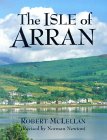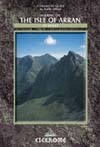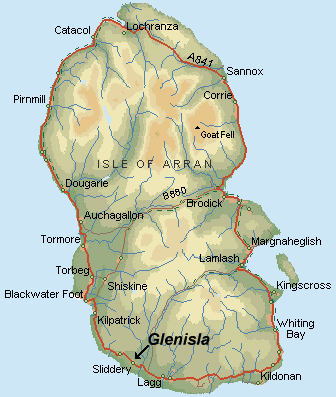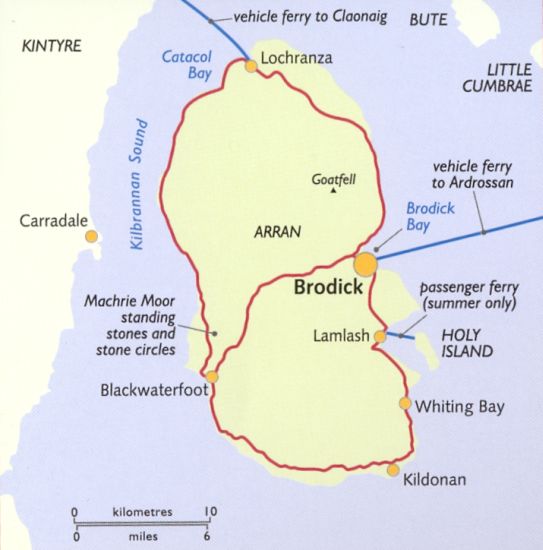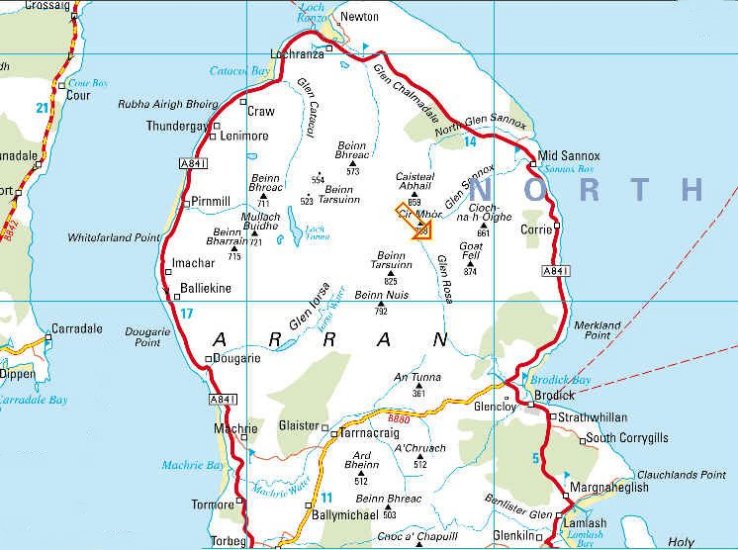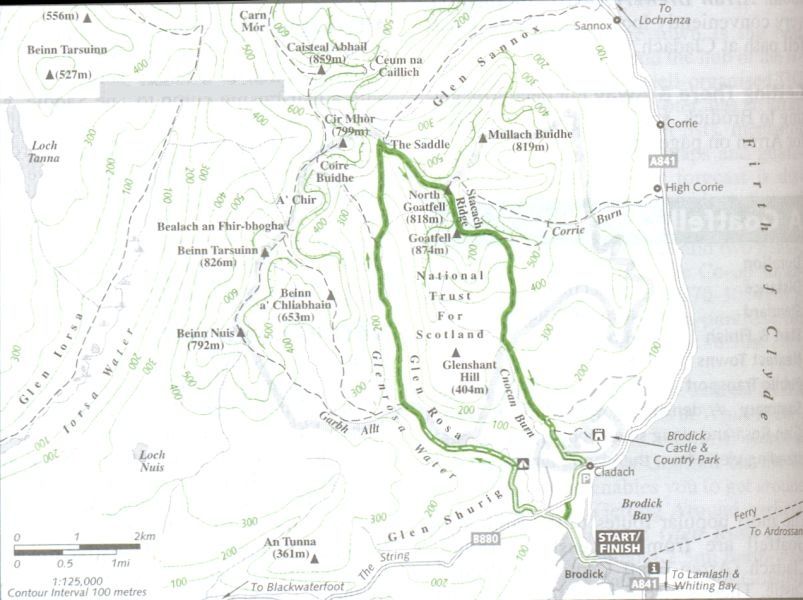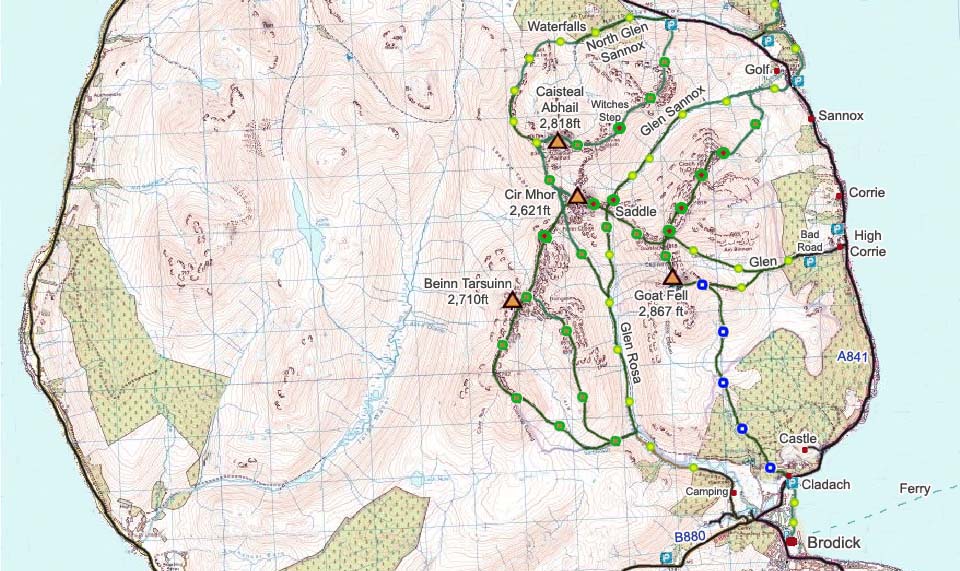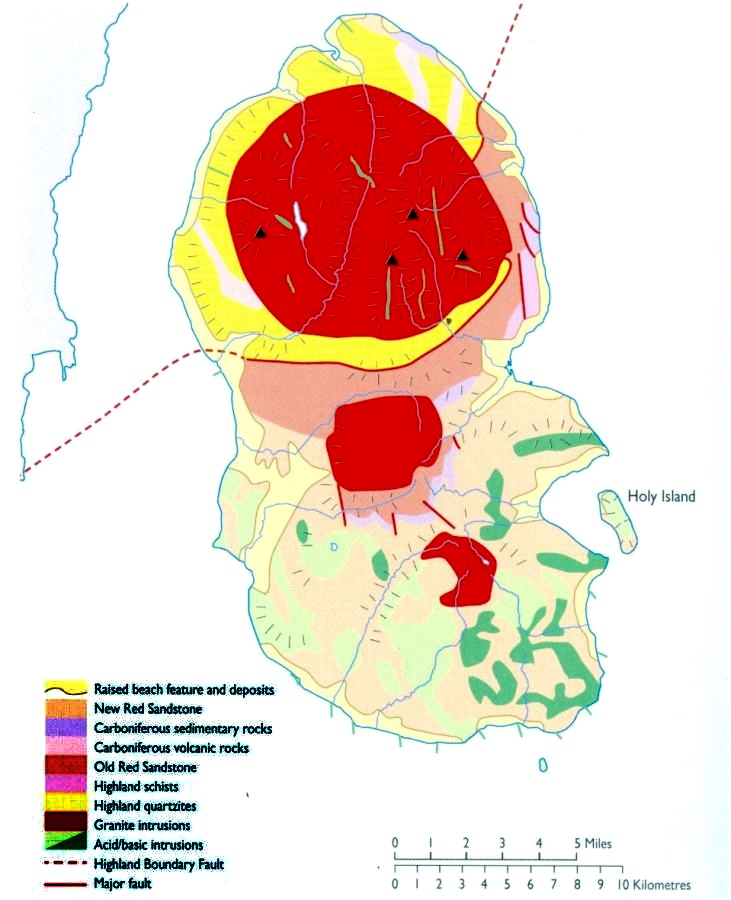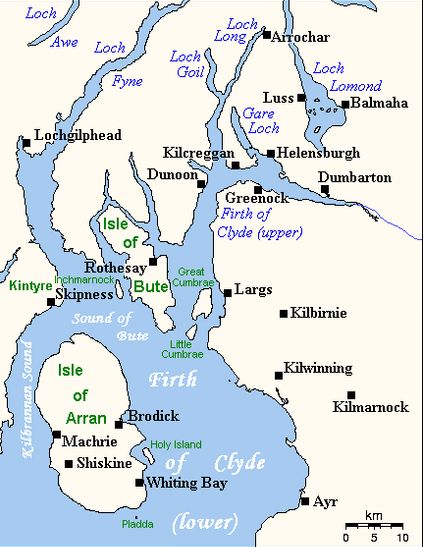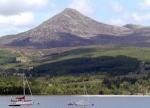
Geological Map of the Island of Arran |
|
ARRAN
- UNESCO GLOBAL GEOPARK:
More
than 250 years ago, renowned
Scots geologist James Hutton arrived on
Arran intent on discovering Earth was
older than previously thought and was
not created by God,
but formed by
natural molten rock formations.
He visited the north of the island,
near Lochranza and discovered the
junction between sedimentary rocks
and the underlying,
even older, eroded
metamorphic rocks of the Highlands.
This was one of his first
“unconformities”, which he used to
demonstrate the great age of Earth and
the evidence of “former worlds”
where
different rocks had been formed by
natural processes.
His theory challenged popular
understanding of Earth’s evolution and,
in the process, upset church leaders who
preached it was all God’s work.
Now, Arran has been formally
announced as the UK’s 10th Unesco
Global Geopark.
The ratification took place at the
conclusion of the 221st session of the
Unesco Executive Board in Paris and
means the island joins nine other
Global Geoparks in the UK:
the Black
Country, Cuilcagh Lakelands, English
Riviera, Forest Fawr, GeoMon, Mourne
Gullion Strangford, North Pennines,
North West Highlands, and Shetland.
Arran, well known for its varied
scenery, sits astride the Highland
Boundary Fault and is viewed as an
excellent place to appreciate the variety
of “Highland” and “Lowland” geology
that Scotland is renowned for.
It is one of the few places on Earth
where, in a two mile walk, evidence of
changing environments that span more
than 100 million years from Devonian
to Permian times can be seen.
The sedimentary rocks of Arran’s
east coast record Scotland’s journey
across the equator, from desert
conditions, through the equatorial
swamps and back to desert again
Arran also has other sites that
include a myriapod trail, Arthropleura.
one of the oldest tracks of any land
creature and highlighted by Sir David
Attenborough in the TV series Life On
Earth.
Early reptiles, including one that was
crocodile like, left Chirotherium prints
in Triassic sandstone layers of the south
of Arran.
Unesco wrote: “The new
Unesco Global Geopark encompasses
terrestrial and marine zones that
record 600 million years of Earth’s
history.
“The island’s remarkable landscape
tells a story of tectonic plate collisions,
the shifting of continents from the southern hemisphere, the opening
of the Atlantic Ocean and the
sculpting of alpine mountains by
glaciers.
“Arran is a place where the ancient
forces of nature are still visible in the
dramatic cliffs, smooth beaches and
rugged landscapes,
“The island’s ecosystems support
species like the Arran whitebeam,
one of the world's rarest and most endangered tree species, which has
existed on the island since the last glaciers retreated.
Over 156 bird species
and more than 1,000 plant species
thrive here, making Arran a haven for
nature enthusiasts.”
With the addition of Arran and
15 other sites also inscribed as Geoparks
at the Executive Board in Paris, this
brings the total number of Unesco
Global Geoparks in world to 229 in
50 countries
and 2025 celebrates the
10-year anniversary of the Unesco
Global Geopark designation.
The label recognises geological
heritage of international significance
and promotes the unique role of local
people, cultures and communities.
The award comes as Scotland
becomes an increasingly popular
destination for socalled “geotourists”.
Vistors from across the world come to see the highlights such as a rock
near Clacholl, in Sutherland, which
is said to be the world's oldest
boulder at three billion years old.
It twisted as it fell and landed at a
right angle to the other rocks around it,
creating a geological anomaly that
would oversee the arrival of plants, see
off dinosaurs,
witness the evolution of
continents, animals and eventually
humans.
The boulder is Lewisian gneiss,
making it among the world’s oldest
rocks and is considered to be the oldest
rockfall yet to be found on land.
According to geology tour operator
]ames Cresswell, it is just one reason
why people from around the world are
coming to Scotland to look at rocks.
While many “geotourists” are past or
present students of geology, it seems
there are many others seeking a new,
educational travel experience - with
rocks the stars of the show.
